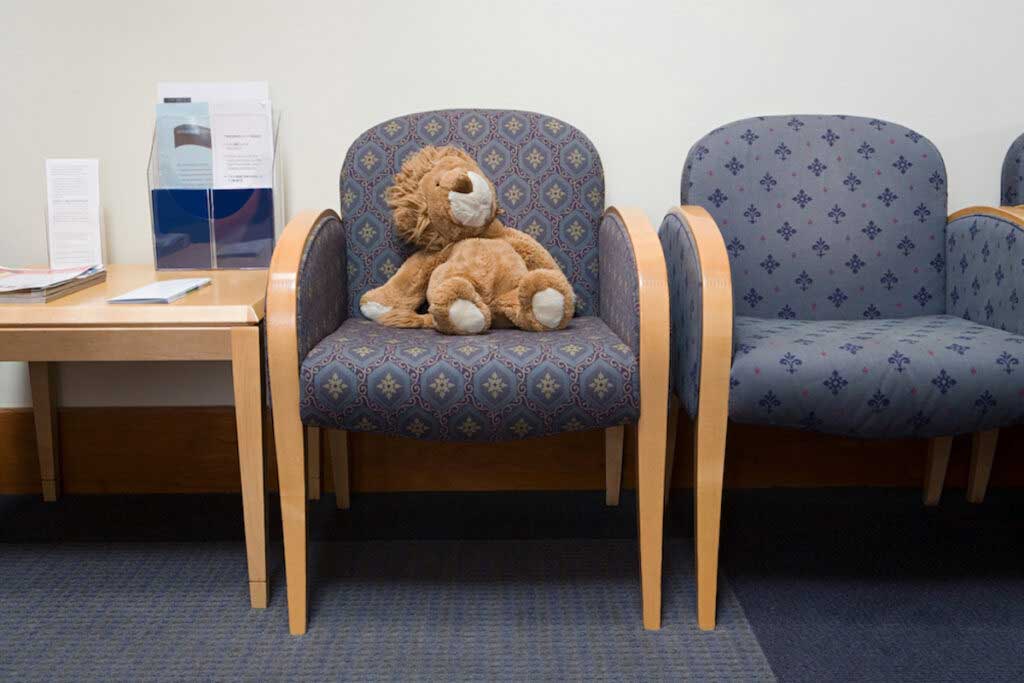When I give talks about Cribsheet, I usually rely on two examples. First, I talk about breastfeeding. And second, I talk about peanuts. It’s a good contrast, because I start by talking about the difficulties with learning from data on breastfeeding, but then end a bit more upbeat. Also, I just really, really like the story of the peanut allergy research. Here it is, slightly adapted from the book:
Gideon Lack is a researcher at King’s College London. He studies allergies in kids, especially allergies to peanuts. At some point, perhaps through discussions with colleagues in Israel, Dr. Lack got the impression that peanut allergies were much less common among children in Israel than in the UK. So in 2008 he published a paper testing this theory. Using a questionnaire, covering about five thousand children in each location and focusing on Jewish children in both Israel and the UK, he found that school-age children in the UK were about ten times as likely to be allergic to peanuts than children in Israel.
In the paper reporting these findings, Dr. Lack and his colleagues went beyond just showing the prevalence differences. They actually speculated as to why the differences existed: specifically, early peanut exposure. Children in Israel are more commonly exposed to peanuts early in life—there is a popular peanut-based early childhood snack called Bamba—and the researchers argued that this exposure may be the cause of lower incidence of peanut allergies in Israeli children.
Making this kind of claim based on these data is, to put it mildly, a bit of a stretch. A huge number of things differ between Israel and the UK! An obvious difference is diagnosis rate—what if even mild peanut allergies are diagnosed in the UK, and only severe ones in Israel?
And if the data had stopped there, we’d be left with a vaguely interesting fact and some unsatisfying speculation about why. What is great about this example is that the Lack team followed up with the gold standard: a randomized controlled trial.
In the years following their initial findings, Lack and his colleagues recruited a cohort of about seven hundred babies between four and eleven months old and randomized them into a peanut exposure group and a non-exposure group. Parents of children in the exposure group were told to expose their kids to a dose of peanuts—about 6 grams a week—in the form of either Bamba or regular peanut butter. Parents of children in the other group were told to avoid peanuts.
The researchers selected a group of children who were more likely to have peanut allergies than the general population—this was important to make sure they could draw strong conclusions even with a relatively small sample size. The kids were, of course, closely monitored for any adverse reactions.
The researchers finally published their findings in 2015 in the New England Journal of Medicine. I’ve graphed them below; they are striking.
Children who were exposed to peanuts were far less likely to be allergic to them at the age of five than children who were not. In the group that didn’t get peanuts, 17 percent of children were allergic to peanuts at age five. (Remember, this figure is higher than it would be in the general population because of the way the researchers selected their sample.) However, only 3 percent of the children who were given peanuts were allergic.
Since the study was randomized, there was no reason other than the peanut exposure that allergy rates would be different. The study also differentiated kids with higher and lower allergy risk (based on their baseline reaction to peanuts) and the differences show up in both groups.
This finding suggests that exposing children to peanuts early helps them avoid peanut allergies — and that these effects are big. In the wake of these peanut findings, the recommendations about exposure have changed completely. Early exposure to peanuts is now the normal recommendation, especially for children at risk for an allergy.
Although the data is not complete, it increasingly seems like this evidence extends to other common allergens as well. The vast majority of allergies result from eight food types: milk, peanuts, eggs, soy, wheat, tree nuts, fish, and shellfish. Even among these, the biggest culprits are milk, eggs and peanuts. Other research suggests that milk and eggs work similarly to peanuts.
All this points to the possible importance of introducing all these allergens early—probably as early as four months. (Milk can be introduced in the form of yogurt or cheese.)
Importantly, although the language here is about “introduction,” these studies include regular exposure as well. It is not enough to have your kid try peanut butter or eggs. You need to actually keep giving it to them regularly.
Which leads to the question: How?
This is a setting in which going slowly is a good idea. Try a little bit at first—only one allergic food in a given day—and see how they react. If nothing, give a little bit more. And so on until you get up to a normal amount.
This is a lot, especially since most babies don’t really eat much food anyway. To consistently expose them to peanuts and yogurt and eggs on top of everything else (what about the peas?) requires some logistical work. If you are daunted, and especially if you’re very concerned about these issues, there are some products that contain powdered forms of these foods and are meant to be mixed with breast milk or formula.
Early allergen introduction: one of the best evidence-based practices in early parenting. If you’ve got a baby, this is for you! And if you’d like to hear more about the work behind these findings, listen to my podcast with Dr. Gideon Lack.

















